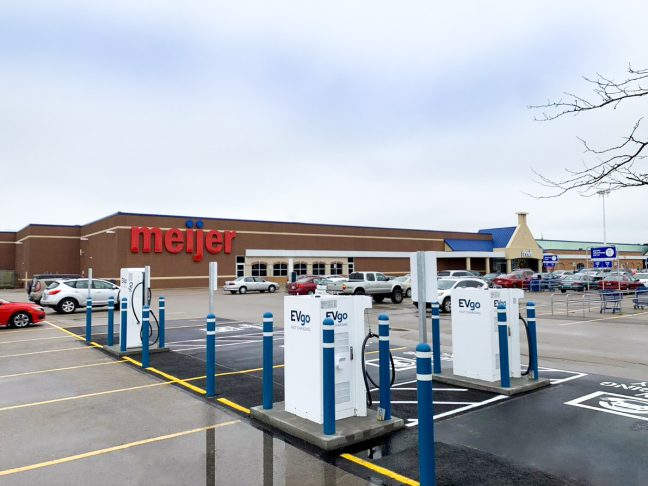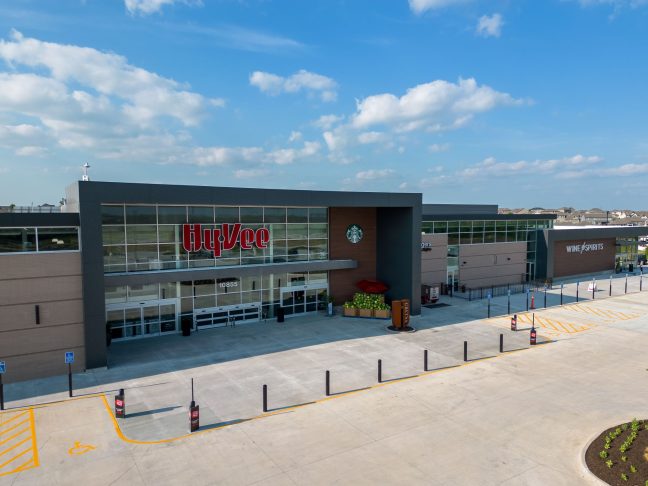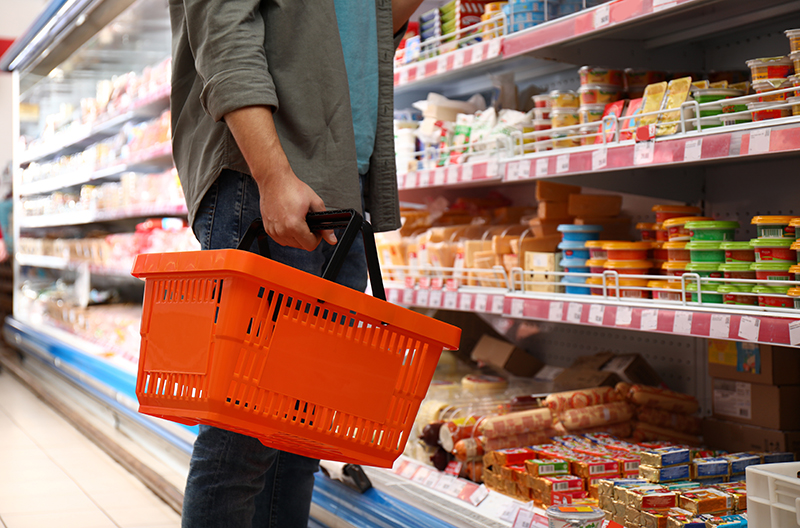by Diana Leza Sheehan, founder and principal consultant, PDG Insights
The Midwest has a fascinating history that has helped to shape one of the more unique grocery landscapes in the United States. While national chains such as Walmart and Kroger hold significant weight, the region boasts a strong presence of regional powerhouses and a distinct consumer culture that prioritizes value, convenience and community.
Geography also plays a role in how regional and independent retailers grow. While population centers such as Chicago, Detroit, Minneapolis and St. Louis serve as critical markets for key grocers, it is the sprawling rural areas where independents thrive.
In this report, part of Shelby Publishing’s Successfully Selling Regional Grocers series this month, let’s delve into the grocery aisles of the Midwest and explore the key factors that set it apart.
Midwest consumer: Not-so-mixed melting pot
As the third most populous region, the Midwest accounts for 21 percent of the U.S. population – about 69 million people. However, with 12 states in the region that have quite different population trends, navigating where and how to grow can be a challenge.
Similar to other regions, the Midwest’s net population is stable, but major cities such as Chicago, Indianapolis, Detroit and Milwaukee continue to see population declines. Residents move to suburbs and less densely populated areas that offer lower cost of living, more affordable housing and additional job opportunities.
Illinois, the most populous state, is shrinking slightly; however, other states in the region are growing, which allows the net population to stay stable.
What makes the region unique though is the fact that the bulk of the population resides in rural and suburban areas. Chicago, with nearly 2.7 million residents, is the only major metro area that falls among the top 10 U.S. cities. While there are larger cities throughout the region, much of the population lives in rural areas, driven by states such as North and South Dakota, Kansas, Nebraska and Iowa.
Looking at the demographic makeup of this region, most states are not diverse. More than 70 percent of the population in all states but Illinois identify as White, compared to the U.S. average of 59 percent.
There is significant diversity in the metropolitan areas, but that also differs by city. Nearly 60 percent of the Chicago and Milwaukee populations identify as Latino or Black and 78 percent of Detroit’s population is Black. Cities such as Minneapolis and Detroit also have large Muslim populations with dietary restrictions that require unique grocery offers.
As we dig into these larger urban areas in the region, many also have large post-secondary education institutions, which also require unique retail expertise for younger consumers who may not reside full time in the area.
As we saw in other regions, the suburban and rural population density in this region, paired with varied diversity of the population and how it changes from state to state and city to suburb, creates interesting opportunities and challenges for national grocery retailers. However, it opens the door to independents that operate in these markets.
Family- and employee-owned independents drive market
Unlike the coasts, where national players dominate the grocery landscape, the Midwest grocery market has strong regional players that provide unique challenges for larger retailers. Powerhouses such as Kroger and Albertsons/Safeway hold a strong presence.
While Kroger was founded in Ohio and has grown for decades in the region, it has also used acquisition to gain footholds in the Chicago and Wisconsin markets.
Albertsons/Safeway competes through banners such as Jewel-Osco in the Chicago market. While its stores serve the mainstream grocery market and often win over consumers based on proximity and its loyalty program, it leaves room for local players to compete and differentiate based on assortment and service.
Walmart has successfully competed in the Midwest as well, with strength in rural and suburban areas. It will always be a force; however, regional players have found unique ways to hold their own and grow.
[RELATED: Nebraska’s Food Industry Finds Itself In ‘Interesting Position’]
As we have seen throughout the country, the increased focus on price value creates a path for growth for discount grocers such as Aldi, Trader Joes and Dollar General.
Regional favorites such as Meijer (Michigan), Hy-Vee (throughout the Midwest), Cub Foods (Minnesota) and Schnucks (Missouri) illustrate the power of the independent regional player. Each grocer caters to local Midwest preferences, with intentional assortment and strong customer service as key differentiators.

In addition, Hy-Vee and Meijer utilize store formats to adapt to the unique aspects of the markets where they compete. Both have explored supporting their communities in other ways through healthcare offers and foodservice.
In addition, there are fascinating smaller independents that break through at a market level with innovative approaches to retailing. Woodman’s Market is an employee-owned chain that uses assortment to bring a supercenter feel with a local focus to grocery in southern Wisconsin and northern Illinois. Its stores have become destinations on their own.
Lunds and Byerly’s has served the Twin Cities area for decades with high quality national and organic products as well as best-in-class prepared foods. Fresh Thyme Market has dozens of stores throughout the Midwest focusing on a similar consumer. Pete’s Market in the Chicago area has successfully operated for more than 50 years with a focus on fresh and catering its assortment to diverse populations neighborhood to neighborhood.
Most importantly in the Midwest, broader grocery merger and acquisition activity has started to impact movement in the landscape. If the Kroger/Albertsons acquisition is finalized, Mariano’s banner will evolve under new ownership. Hy-Vee recently announced the acquisition of a strong premium grocer out of Indiana, Strack & Van Til. And in recent weeks, the recently merged Outfox Hospitality shuttered all Dom’s Kitchen and Foxtrot Markets in the Chicago market with less than one day’s notice to their communities.
What shoppers want: Exploring critical consumer themes
Consumer trends in the grocery space tend to be consistent throughout the country. Shoppers continue to lean into natural and organic brands and products. Value is a function of convenience, price and the X-factor that is tied specifically to a retailer’s ancillary offers and customer support.
Private label demand is strong across categories and states. The role of digital engagement drives loyalty for shoppers regardless of where they shop. And the role of technology – shopper-facing and behind the scenes to improve operational efficiency – continues to differentiate both independent and national retailers.

However, regardless of region, there are some variations on how themes translate to retailer and brand preferences and consumer preferences. Age, income, race and ethnicity and access to specialty retailers versus national players across channels will impact what matters most to consumers.
When looking at the Midwest, consumers prioritize similar things to the average U.S. consumer.
According to a 2023 survey by PDG Insights, 64 percent of shoppers in the Midwest say they prefer grocery stores that emphasize sustainable and environmentally friendly practices, even if it means higher prices. More than half say they would like to see initiatives such as reduced or eco-friendly packaging and food waste reduction practices implemented.
Additional research by PDG Insights explored the role of local sourcing to consumers. In the region, 84 percent of consumers bought local products in at least one category or department in their grocery store. This was most important in perimeter categories including produce, dairy and meats and seafoods.
Nearly half (48 percent) of Midwest consumers feel grocers need to prioritize sourcing local produce and products as part of broader sustainability initiatives, and they prioritize local brands to help build up their local economy and lessen their environmental impact. This is consistent with what we see among consumers in other regions in the U.S.
As with other regions, private label products are a critical piece of consumers’ product portfolio today, and shoppers in the Midwest display similar preferences. Nine of 10 shoppers say they purchase private label products at least occasionally. In the Midwest, 69 percent say they purchase these products always or often.
More importantly, 50 percent of shoppers in the region believe they are buying more private label products this year versus last year, and 34 percent plan to replace some national brands with private label alternatives in the future.
When deciding what retailer to shop with, 87 percent of Midwest consumers say it is important for retailers to innovate in private label to keep their interest and loyalty. This creates a tremendous avenue for differentiation.
Diana Leza Sheehan, CEO of Evanston, Illinois-based PDG Insights, empowers emerging brands and retailers to make more effective strategic decisions. By leveraging data, she unlocks cost-effective consumer insights to craft retail sales narratives and brand strategies. Her 25-plus year career in the industry across sales, insight and strategy provides a unique perspective for clients.

